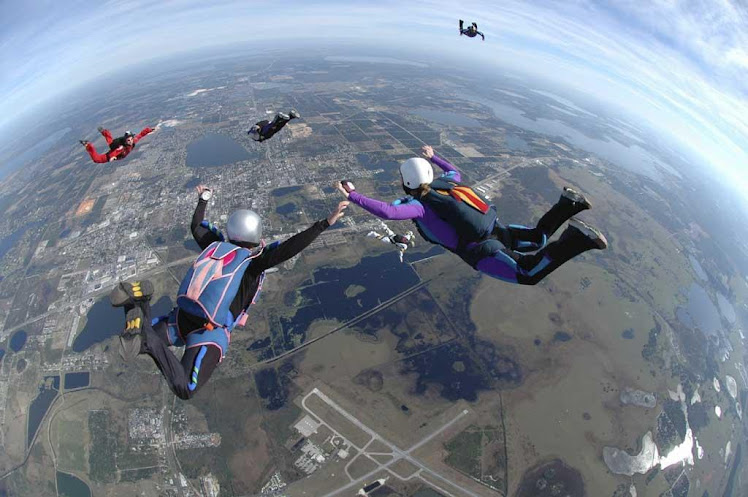

Now I’ll finish with sharpening, since the worst drawknife is a dull one. Of course, the tearout near the end of the log is due to climbing back up there against the grain. If I wanted to reserve a drawknife especially for making cuts like this even more smoothly, I could purposely create a slightly convex bevel on the knife. The short bevel allows me to rock through the cut more effectively. You can see those on the surface of the cut in the photo above as I’ve now flipped the knife around (bevel-down) and about to make the concavity more steep and, hopefully, more smooth. Still, you’re working with essentially a wide bevel made up by the entire depth of the blade, so if you push it too far you’ll start to get jumps and chatter. That can also allow you to make a concave cut, even with the bevel up, especially if the blade is relatively narrow as opposed to deep. Without it, the edge may tend to dive overly-aggressively. If you’re using a drawknife bevel-up, a little subtle rounding (or dubbing, or secondary bevel) of the edge on the “flat” on the bottom provides necessary control. With many drawknives, you can bend the handles to an orientation that pleases you.Īnd then there are the factors influenced by sharpening. And Red, he looks good like this in the photo, but is definitely more comfortable in use the other way, which just shows what oversimplification will do for you. #4 has a better handle angle with the bevel down, which is indeed how I tend to use that little guy. While #1 and #3 could still be used in this orientation (bevel-down), it would be uncomfortable for long use.

In the next photo (above), the bevels have been oriented flat on the bench. #2 is comfortable to use bevel-up too, maybe because the red handles are so short and below the plane of the blade. This is comfortable for the wrists and shoulders. You can see in #1 and #3 that the handles are oriented around 20 degrees below the plane of the back of the blade.

In the photo above, the four drawknives are all sitting bevel-up. But some knives may work better bevel down for other cuts as well the handles are a big factor in which way will work best for a given knife. For example, working with the drawknife bevel-down will allow you to make a concave cut much more effectively, since the back of the short bevel acts as a fulcrum to lift the edge as the cut proceeds. First, it depends on what type of cut you’re trying to make. There is commonly a lot of confusion about whether to use a drawknife bevel-up or bevel-down. It’s also important to me that the drawknife design allows my index fingers to curl over the top of the handles without discomfort. So I would not grip the handles as in the photo below, as there would be a significant loss of control and sensitivity. The balance between the downward pressure of the thumbs in front and the thumb pad (thenar) in the back are important for controlling the depth of cut. Thumbs Up: Notice in the photo above that my thumbs are up on along the top of the handles, even up onto the steel. The red-handle Spannsage weighs in at 12 3/8 ounces (350 grams) while the Barton triples that, at 2 pounds (908 grams). Also, the Barton is more hefty, and if you get some momentum behind that mass, it can help when you’re hogging off lots of material. Although it has the same edge width (8″/200mm) as the red-handled Spannsage, the handles are further apart which provides better clearance on a large workpiece. Barton, for shaving the arch onto the top of this walnut bowl blank this week. I’ve probably been using the red handled one the most lately, but I used the larger one, the D.R. The middle two have a slightly curved edge, a little belly, which may be somewhat helpful in some circumstances, but I’m just as happy with a straight edge. With the little Veritas drawknife with a 4″ blade, a little splay helps to keep one’s hands clear on such a short tool. One reason is that this makes it more natural to keep my elbows tight to my body for more control. I also like handles that are oriented generally at 90 degrees to the blade, rather than splaying out.

I think putting one’s hands more in line with the edge makes the tool more responsive to subtle movements of the wrists, which is what I want for carving. I prefer drawknives with the handles up even with the cutting edge rather than those with wings that sweep the handles back toward the user and away from the edge. Since I have tried only a tiny fraction of the modern knives available today, I’ll focus on some of the characteristics that I would look for, regardless of age or brand. The top three are no longer in production, although you’ll find similar forms being made today by other folks. Barton, Spannsage, Baldwin, VeritasĪbove are four of the drawknives I use regularly.


 0 kommentar(er)
0 kommentar(er)
